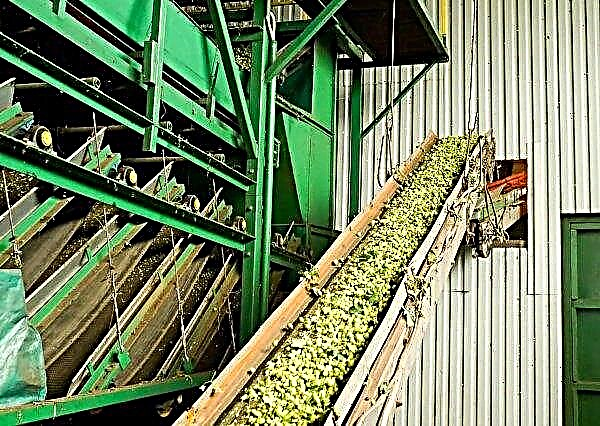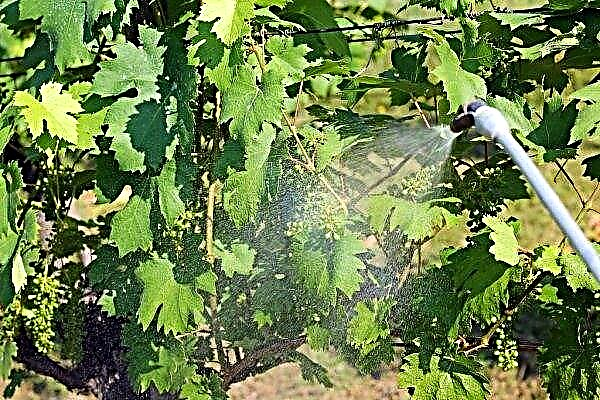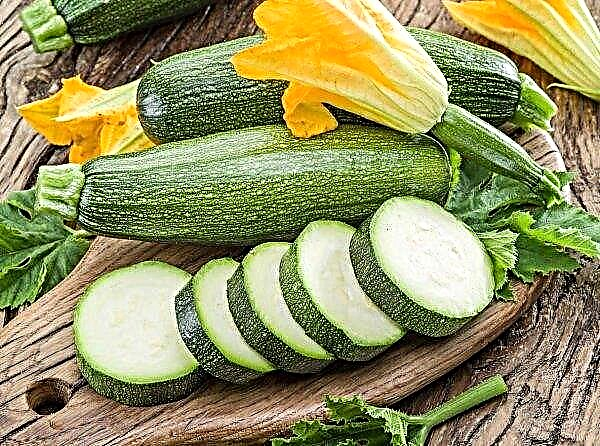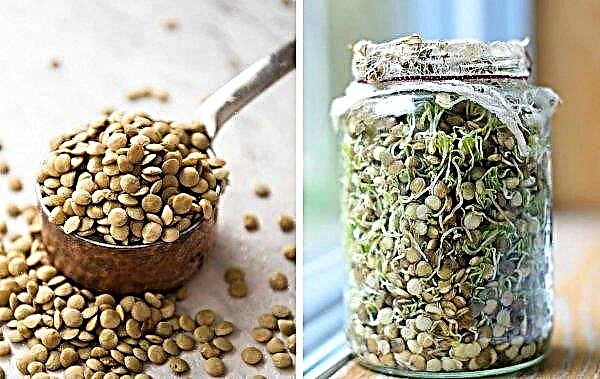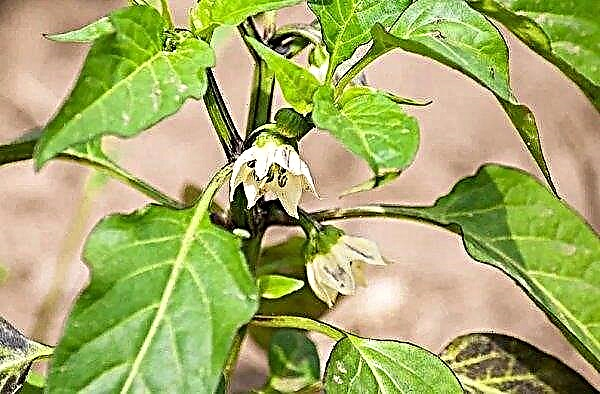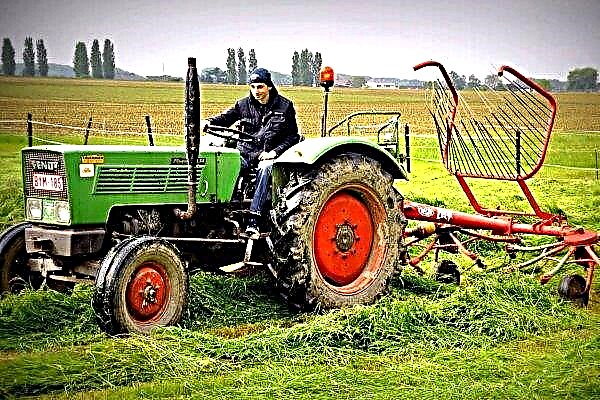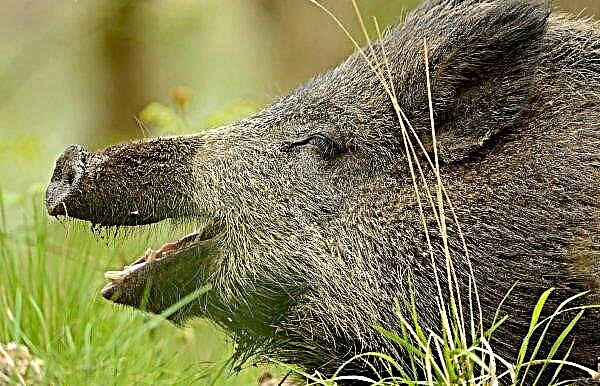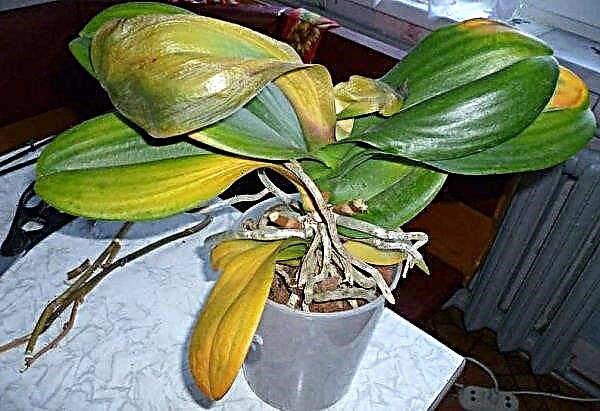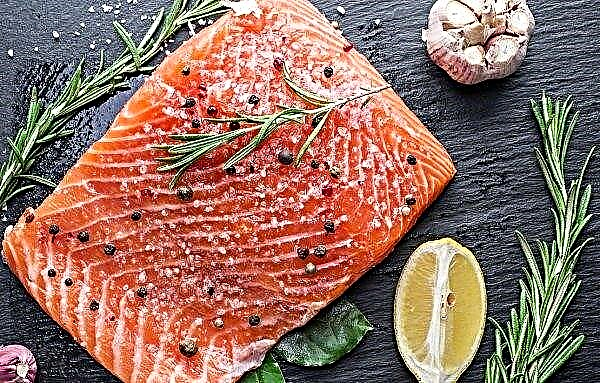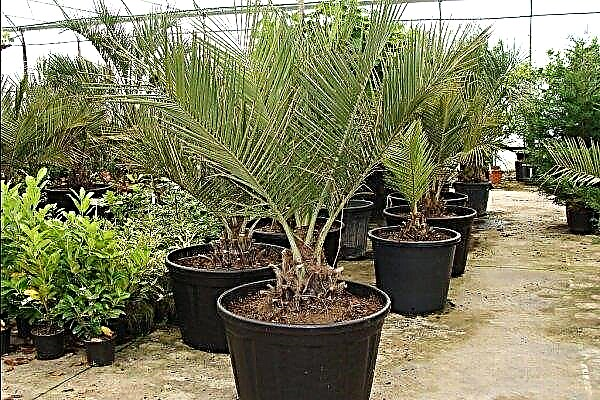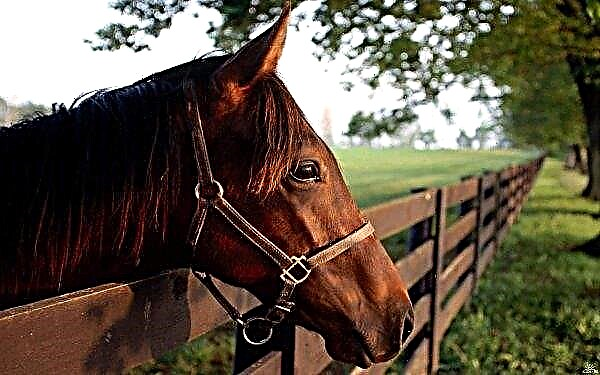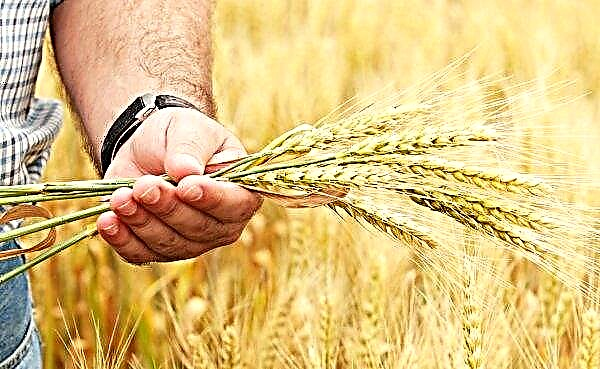Tomatoes of the Russian size variety fully justify their name. The fruits of the described variety are distinguished by large dimensions, excellent taste and excellent keeping quality. Due to these characteristics, as well as ease of cultivation, tomatoes have been popular with vegetable growers for more than two decades. What are the advantages of the variety, and what are the features of its agricultural technology, let's figure it out.
Characterization and description of the variety
Russian size F1 is a hybrid tomato variety developed by Russian breeders that is characterized by late ripening, fertility, unlimited stem growth. This variety of tomatoes was added to the Russian register of vegetable crops in 2002.
The vegetative period of the plant varies within 120-140 days from the transplanting of seedlings. Tomato bushes are highly branched, can reach a height of 1.8 m, require mandatory pinching, formation and garter. The bushes have powerful and strong shoots, on which large leaves of a dark green color are formed, traditional for tomatoes.
During the growing season, simple inflorescences are formed along the entire length of the stem, which are transformed into fruits - large, juicy, fleshy tomatoes of a rounded flat shape. At the time of formation, the fruits have a green color, and when ripening, they acquire a bright red color. Tomatoes have a rich sweet and sour taste, a very delicate, juicy pulp. The weight of one fruit can be 300–500 g. Some specimens, with the strictest observance of the rules of agricultural technology, can reach a mass of 2 kg.
The variety is characterized by high yields, suitable for cultivation in greenhouses, under the film, in greenhouses throughout the Russian Federation, Ukraine, Belarus. From 1 m², you can collect 8-10 kg of fruit.
Important! The described variety, due to the long ripening period, is not suitable for cultivation in open ground.
Advantages and disadvantages
Tomatoes Russian size, according to the reviews of those who planted these vegetables, have a large number of positive qualities.
- In particular:
- high and stable yield indicators;
- excellent tastes of fruits;
- long fruiting and prolonged harvesting - from the end of July to autumn frosts;
- traditional agricultural cultivation technique;
- good keeping quality of fruits, long-term preservation of their aesthetic and nutritional qualities;
- high transportability;
- excellent presentation of fruits;
- universality in the use of tomatoes;
- excellent resistance to many ailments that are characteristic of solanaceous.
- At the same time, the super giant Russian size has some disadvantages:
- the need for mandatory garter and the formation of a bush;
- some difficulties in leaving;
- the impossibility of full preservation.
Optimal conditions and landing technology
The care and cultivation of the described tomato variety is practically no different from the agricultural techniques of other varieties. Tomatoes prefer well-lit areas, with temperature indicators of + 21 ... + 23 ° C in the daytime and not lower than + 16 ° C in the night. As for humidity, it is recommended to maintain a level slightly above average in the greenhouse - 80–85%.
To obtain a stable and high-quality crop, it is necessary to grow strong, strong seedlings. Sowing of seed material is carried out 55-60 days before it is planted in the ground, approximately in late March or early April.Did you know? In the world there are more than 10 thousand varieties of tomatoes. At the same time, there are fruits not only of the traditional red, pink, yellow or green color, but also black.
Immediately before sowing, carefully prepare the seeds:
- the grains are lowered for several hours in a container with a weak saline solution: seeds that sink to the bottom of the container are selected for planting;
- the selected seed material is treated with any store-growth stimulator or soaked in a solution of aloe or honey.
As a soil mixture for tomatoes should use light, nutritious soil with a neutral level of acidity.
You can prepare the soil mixture with your own hands, using:
- turf land - 2 parts;
- compost - 1 part;
- peat - 1 part;
- dry river sand - 1 part.

Hand-made land must be decontaminated (by any method of your choice):
- calcine the soil for 25-30 minutes in the oven at a temperature of + 180 ° C;
- shed the soil with a weak solution of potassium permanganate, dry well;
- freeze in the freezer for a day.
After carrying out all the preparatory measures, it is necessary to sow the seeds:
- In prepared containers, which are suitable for disposable plastic cups, peat cassettes, plastic boxes, fill the soil.
- In the soil, deepen up to 1 cm and place one seed. In this case, the distance between plantings of grains should be at least 1.5–2.5 cm, between rows - 3-4 cm.
- Sprinkle the seeds with soil, irrigate the surface with a spray gun.
- Landing is covered with a plastic film.
Containers with future seedlings must be placed in a well-lit, warm place, with stable daytime temperatures of + 23 ... + 25 ° C during the day and at least + 18 ° C at night. Crops should organize a 12-hour daylight hours. With a lack of light, it is recommended to use phytolamps.
Seedling Care
Seedling care is traditional and consists of the following steps:
- Watering. Moisturizing the sprouts should be moderate. Do not allow excessive moisture and stagnation of water in the ground, which can provoke damage to the fungus - the black leg. When watering, it is recommended to focus on drying the topsoil. For humidification, you should use settled water at room temperature.
- Dive. After 2-3 full leaves are formed on seedlings, it must be transplanted into separate containers with a volume of 0.3 l.
- Hardening. A few weeks before planting in the soil should be hardened sprouts. To do this, they are taken out daily to a balcony or a loggia and left first for 1-2 hours, gradually increasing the time to a full day. The day before planting, seedlings are left at a temperature of + 14 ... + 16 ° C for a whole day.

Seedling Planting Technology
The cultivation of tomatoes of the variety Russian Size is carried out only in closed greenhouses. If the room is heated, then the seedlings are planted in the last weeks of April. Otherwise, landing activities are done at the end of May. Since the culture is characterized by rapid stem growth and spreading, the planting is carried out according to the scheme 2 seedlings per 1 m².
The process of planting seedlings is traditional:
- Recesses are made in the soil, into which a handful of wood ash and a little humus are poured.
- Seedlings taken out of the cups are planted in the wells, sprinkled with a small layer of soil, moisten the surface with warm water.
- Near the bushes establish a support or trellis.
Tomato Care
In order to get a high-quality, rich, large-fruited crop, plants need to provide good care, which consists in timely watering, top dressing, weeding weeds and mandatory pinching.
Feeding and watering
Tomatoes Russian size have a high growth rate, therefore, require regular, plentiful watering, which should be done at least 2-3 times a week. Insufficient or too frequent hydration can lead to the formation of a large number of lateral root processes that are not able to fully provide the plant with the necessary moisture and nutrients. You need to water the crop abundantly, under the root, using well-maintained, warm water. One bush will need at least 8-10 liters of water.
You should be very careful about fertilizing tomatoes. Since they tend to build up green mass, it is recommended to halve the recommended dosage of nitrogen-containing preparations aimed at foliage growth. When feeding, it is better to give preference to phosphoric or potassium products, which are necessary for the harmonious growth and development of the fruit.
Mandatory feeding The Russian size needs a period of formation and development of the fruit. Experts advise combining the application of fertilizers with watering the crop.
Shrub formation and pinching
3 days after transplanting the seedlings, the bushes are tied up at a height of 20-30 cm and all the leaves are cut to the first flowering brush. Stem garter is carried out every 30 cm.
To achieve maximum fruiting, experts advise forming a plant in one stem, in which all side shoots are removed. In this case, the stepsons are trimmed when they reach a size of 5-6 cm. The stepson is trimmed every 10 days. At the same time, the first flowering brush is trimmed, which makes it possible to reduce the load on the crop and increase productivity.Important! Since the plant belongs to fast-growing and spreading varieties, the procedure for forming a bush and pinching are mandatory.

Soil loosening
Every 10 days, gardeners recommend loosening the soil around the bushes, which allows you to:
- saturate the earth with nutrients and enrich it with oxygen;
- create favorable conditions for the development of a strong and strong root system.
The first loosening, the deepest (up to 8-10 cm), is carried out immediately after transplanting, the second, surface (up to 4 cm) - 2 weeks after the first, the third and subsequent - regularly after irrigation.
In addition to loosening, a mandatory procedure for caring for tomatoes is weeding of weeds, the presence of which significantly slows down plant growth and fruit development. It is very important to start the fight against weeds before they form inflorescences.
To prevent the growth of pest plants, to preserve moisture in the soil and to make the irrigation process easier, mulching is possible - covering the soil around the bushes with a layer of mulch, which can be sawdust, hay, straw.Diseases and pests
Variety Russian size has excellent resistance to many ailments, in particular, to tobacco mosaic, fusarium, cladosporiosis. In some cases, in violation of agricultural regulations, tomatoes may be exposed late blight, highly effective against which are shown by such modern drugs as “Quadris”, “Fitosporin”.
To prevent the development of ailments, it is necessary to regularly carry out a number of preventive measures:
- observe the features of crop rotation;
- carry out loosening and weeding of soil;
- prevent excessive soil moisture;
- comply with the dosage of fertilizer;
- Regularly disinfect the bushes with special biological products.
- wireworm;
- aphid;
- slugs;
- whitefly.
For the destruction of parasites, store-bought preparations are used, for example, "Aktofit", "Pro", or alternative means - garlic water, soap solution, potassium permanganate.
Did you know? Surprisingly, heat treatment does not reduce the beneficial properties of tomatoes, but rather enhances them. For example, the amount of lycopene, an antioxidant that prevents the development of cancer cells, doubles after two minutes of cooking.
Harvesting and storage
One of the advantages of the Russian size variety is the gradual return of the fruit. At that time, when the fruiting of other varieties ends, the described variety is only beginning to delight gardeners with a crop. Harvesting of tomatoes is carried out gradually, as they ripen, starting from the last weeks of July and ending with the first autumn frosts.
For long-term storage, tomatoes are picked not green, but brown.
Tomatoes Russian size is recommended to be stored in a well-ventilated, dry room with stable temperature indices + 10 ... + 12 ° С and relative humidity 80–85%. The best containers for storing crops are plastic or wooden boxes, the bottom of which is covered with straw or paper. Under optimal conditions, the shelf life of tomatoes is 2-3 months.
Russian F1 size is one of the best tomato hybrids, which, subject to the main aspects of growing, is able to please with stable high yields and excellent fruit qualities. Giant tomatoes are perfect for fresh consumption, for preservation, as well as raw materials for the preparation of a variety of healthy, aromatic and extremely tasty dishes, including desserts.Important! The entire tomato crop must be removed before the temperature at night will not be lower than +8°C. Fruits harvested at lower temperatures begin to hurt and are poorly preserved.



